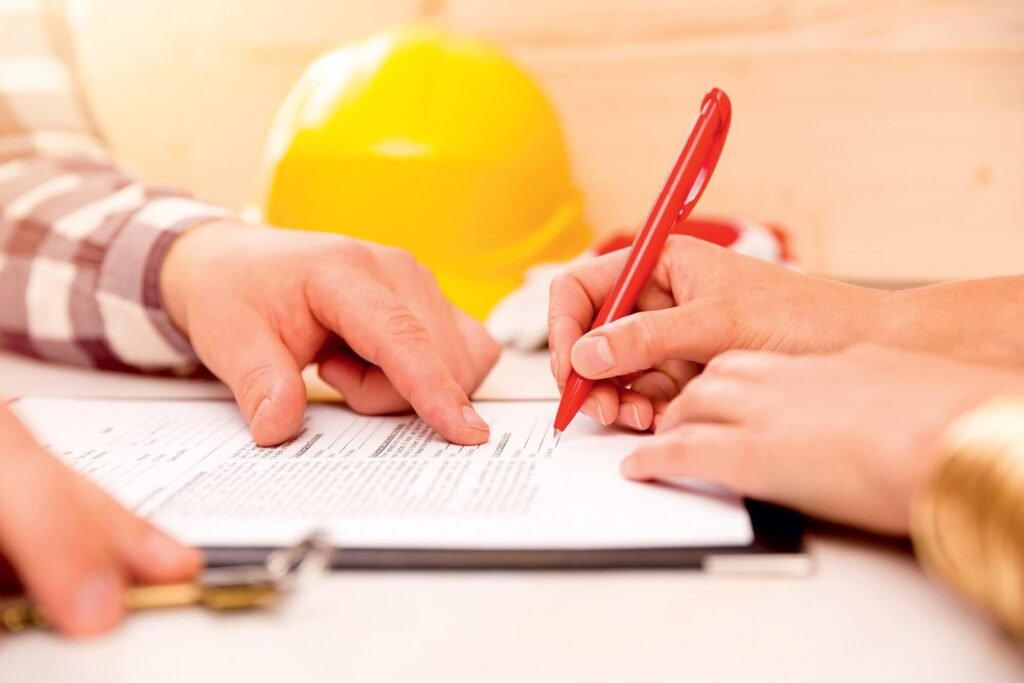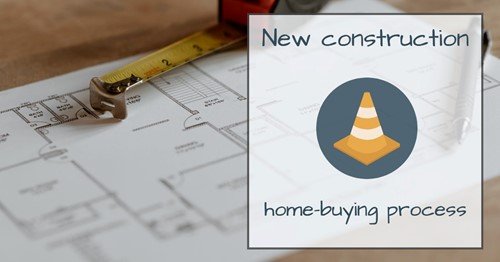Buying a newly built home is exciting—but the process is very different from purchasing a resale home. Whether you’re a real estate agent helping a client or a builder guiding a buyer, understanding the New Construction Buying Process is crucial to ensure smooth transactions and satisfied clients. This guide covers each stage of the process, from research to closing.
New Construction Buying Process
Step 1 – Understand What “New Construction” Means
New construction typically refers to a home that’s recently built or still under construction. These homes can fall into one of three categories:
- Spec homes – Completed homes ready for immediate move-in.
- Semi-custom homes – Homes built with some customisable features.
- Custom homes – Fully designed and built to the buyer’s specifications.
Each option offers different levels of flexibility, timelines, and pricing.
Step 2 – Partner with the Right Real Estate Agent
Many buyers assume they don’t need an agent when buying new construction—but that’s a mistake. Agents provide:
- Market insights to ensure the home is fairly priced.
- Negotiation support on upgrades or builder incentives.
- Contract expertise to understand builder agreements and contingencies.
Always encourage buyers to bring their agent during the first visit to the builder’s model home—some builders won’t allow representation later.
Step 3 – Get Pre-Approved for a Mortgage
Before visiting builder communities, buyers should:
- Check their credit score.
- Get pre-approved for a mortgage.
- Compare lender options—including the builder’s preferred lender.
Some builders offer incentives (like paid closing costs) when buyers use their in-house lender, but it’s still wise to shop around for the best rate.
Step 4 – Tour Communities and Model Homes
Real estate agents can help buyers compare:
- Builders – Quality, reputation, and included features.
- Communities – Location, amenities, HOA fees.
- Home styles – Size, layout, design packages.
Buyers should look beyond the model home’s fancy décor and ask what’s standard vs. upgraded.
Step 5 – Review the Builder Contract Carefully
A builder’s purchase agreement is different from a standard resale home contract. It may:
- Be less negotiable.
- Have strict deadlines and limited contingencies.
- Include warranties and completion timelines.
Buyers should review the contract with their agent or even a real estate attorney if needed.

Step 6 – Customization and Design Selections
This is where the fun begins—buyers select:
- Flooring
- Countertops
- Cabinets
- Lighting
- Paint colours
But upgrades can add up quickly. Agents and builders should guide buyers on which upgrades add value and which to avoid.
Step 7 – Construction Process and Inspections
Once the contract is signed, construction begins. Buyers should:
- Receive a construction timeline with key milestones.
- Visit the site regularly (with the builder’s permission).
- Schedule independent inspections at key stages (pre-drywall, final).
Even new homes can have issues, so professional inspections are strongly recommended.
Step 8 – Final Walkthrough
Before closing, buyers will complete a walkthrough with the builder’s rep. This is their chance to:
- Create a punch list of any cosmetic or functional defects.
- Ensure agreed-upon upgrades are completed.
- Ask questions about home systems and warranties.
Buyers should bring a checklist and inspect everything thoroughly.
Step 9 – Closing the Deal
At closing:
- Final paperwork is signed.
- Funds are transferred.
- Keys are handed over.
If using the builder’s lender or title company, this process is often seamless—but buyers should still review every document carefully.
Step 10 – Post-Close Support
After closing, most builders provide:
- A one-year workmanship warranty.
- Extended warranties on systems (HVAC, plumbing, etc.).
- A customer service department for repair requests.
Buyers should document any issues early and follow up in writing if needed.
Tips for Real Estate Agents Working with New Builds
- Visit new communities frequently to stay updated on pricing and inventory.
- Build relationships with local builders and sales reps.
- Educate buyers on the process early to avoid surprises.
- Set realistic expectations on build time and cost.
- Offer value during design, inspection, and final walkthrough stages.
Tips for Builders to Improve the Buyer Experience
- Communicate clearly and frequently during construction.
- Provide detailed pricing sheets and upgrade options upfront.
- Be transparent about delays or issues.
- Deliver homes on schedule whenever possible.
- Prioritise customer service after the sale.
Conclusion
The New Construction Buying Process requires planning, patience, and trusted professionals. Whether you’re a real estate agent or builder, your role is to guide buyers through each step—from financing and design to inspections and closing. With the right approach, you’ll help them move into a brand-new home with confidence and satisfaction.
Read more 10 Ways to Use ChatGPT for Your Real Estate Business
FAQs
1. What is the new construction buying process?
The new construction buying process involves financing, builder selection, customisation, inspections, and closing on a newly built home.
2. Should I use a real estate agent when buying new construction?
Yes, agents help negotiate upgrades, explain contracts, and guide you through each step—even when buying from a builder.
3. Can I customise features in a new construction home?
Most builders offer design options like flooring, cabinets, and lighting. Some upgrades may increase cost or extend timelines.
4. Are inspections needed on new construction homes?
Yes, independent inspections during construction ensure quality and help identify any problems before move-in day.
5. How long does the new construction process usually take?
It typically takes 4–8 months, depending on location, builder schedule, home size, and any custom upgrades.






